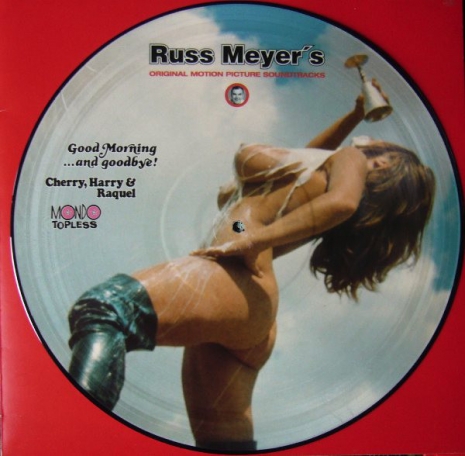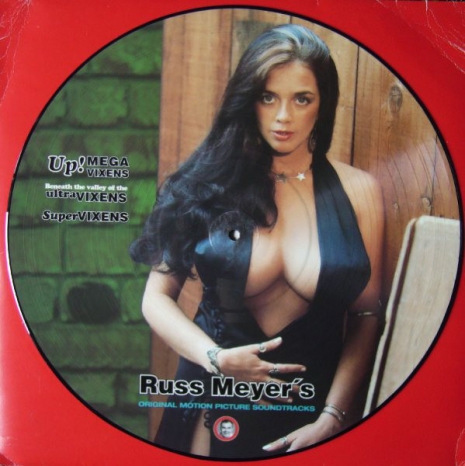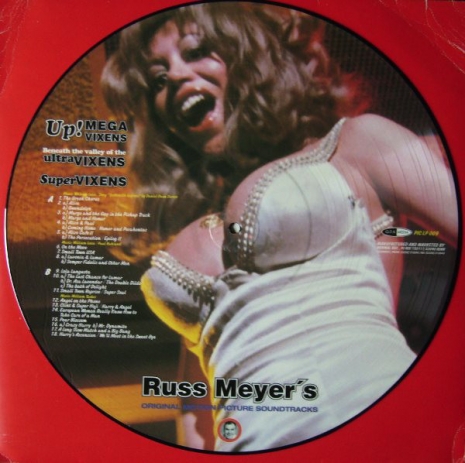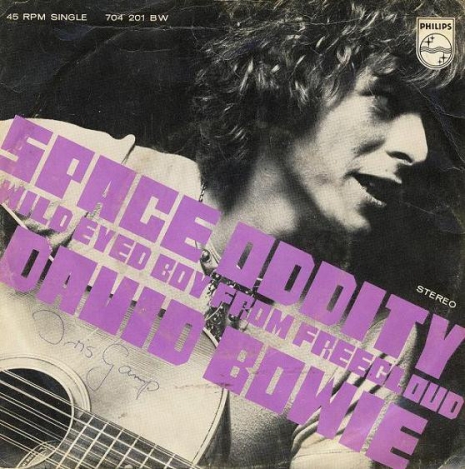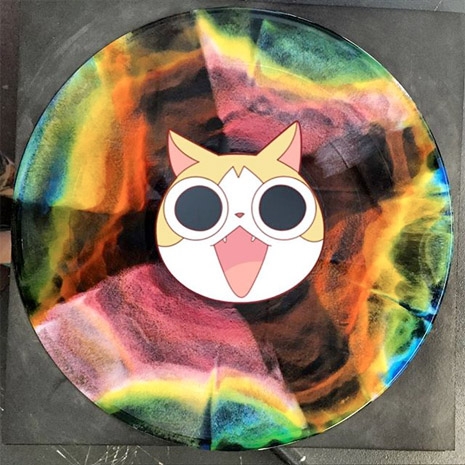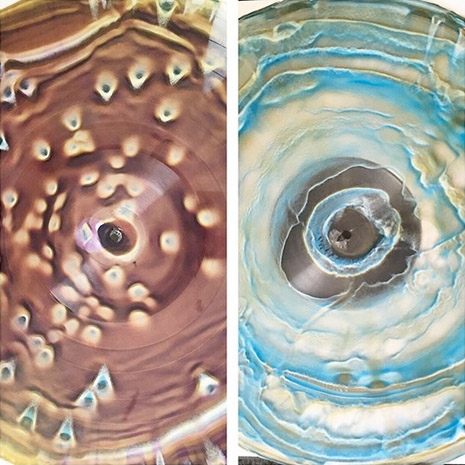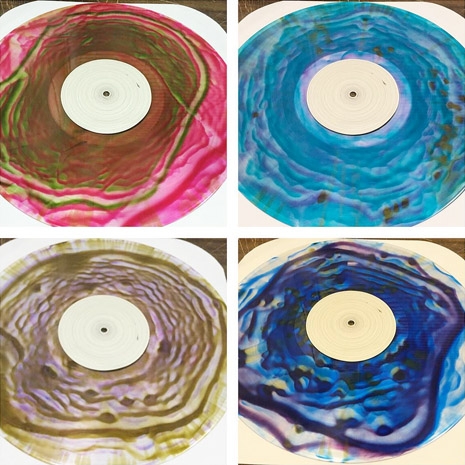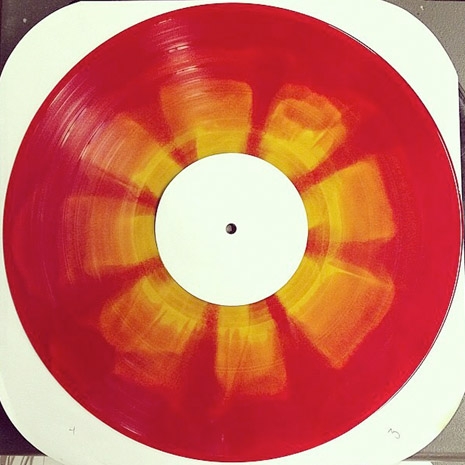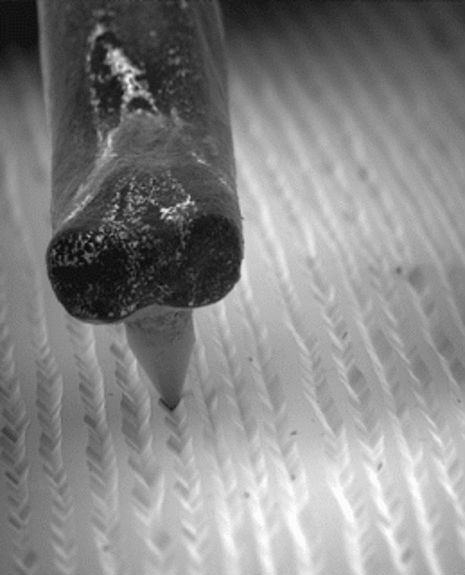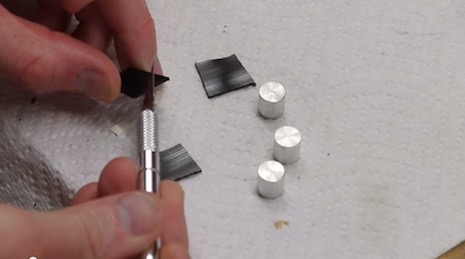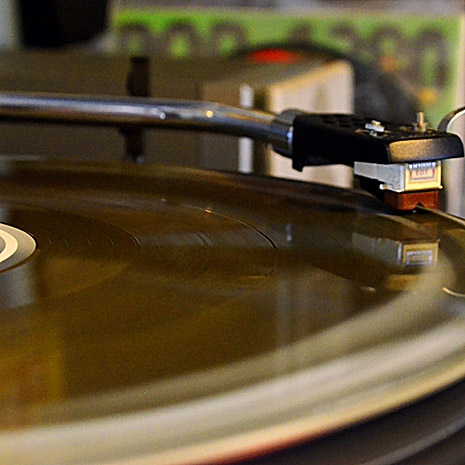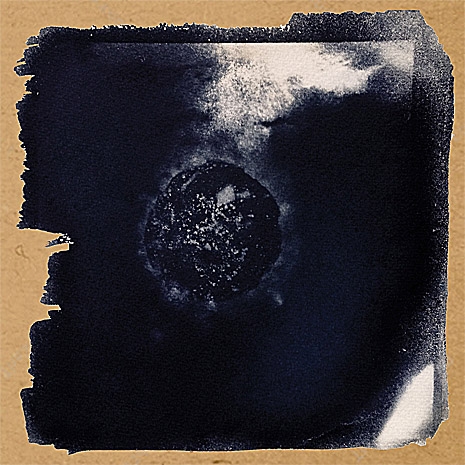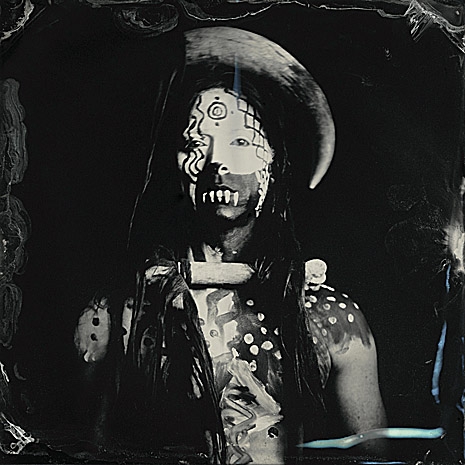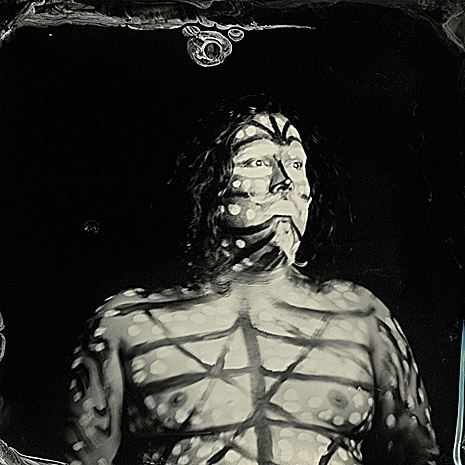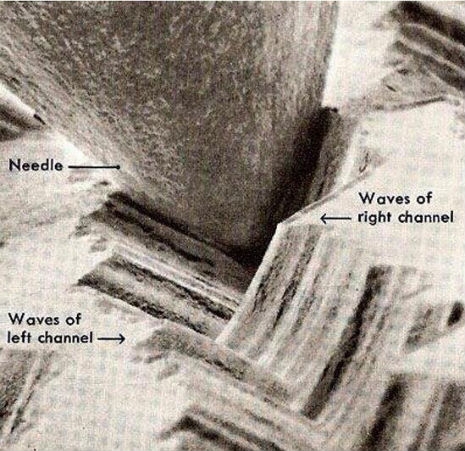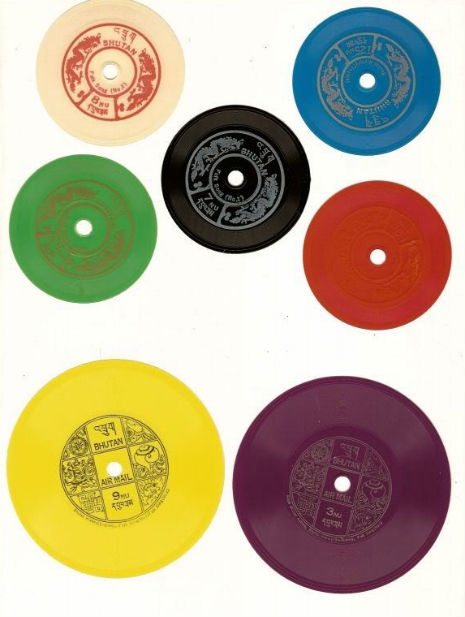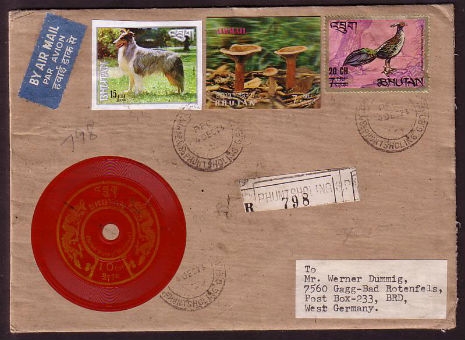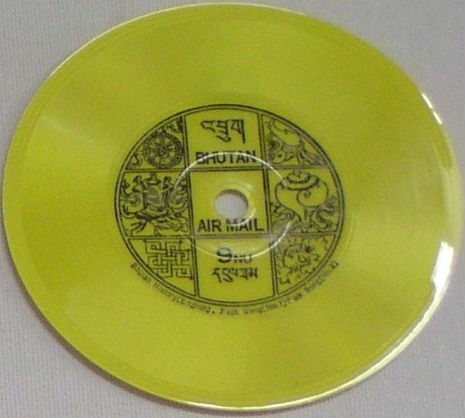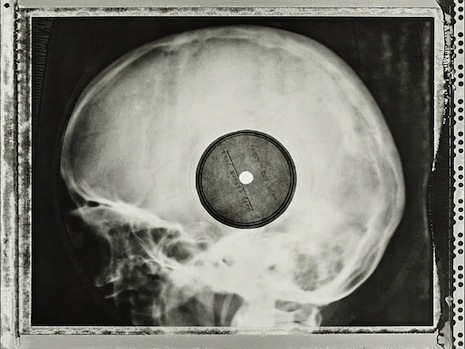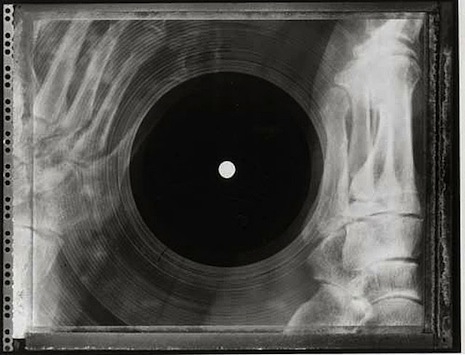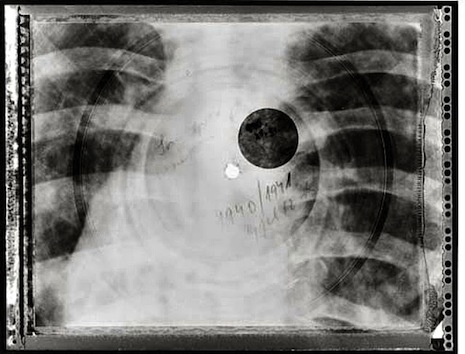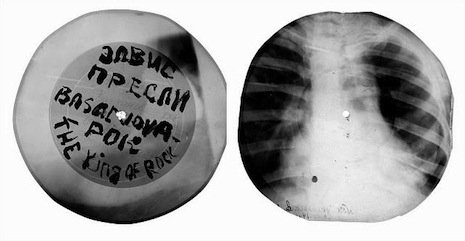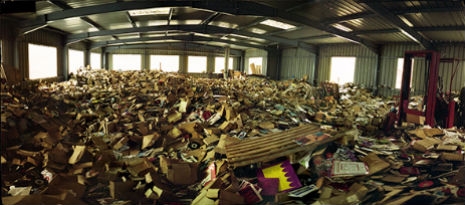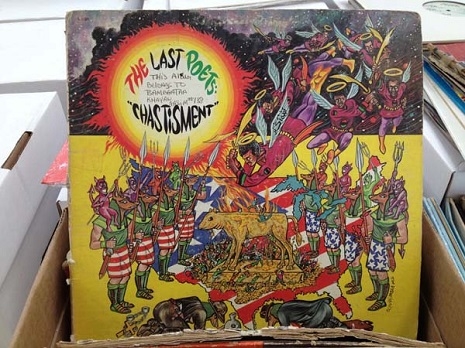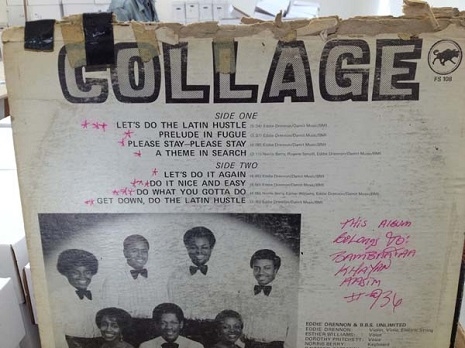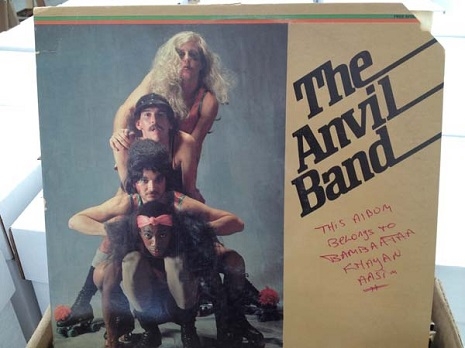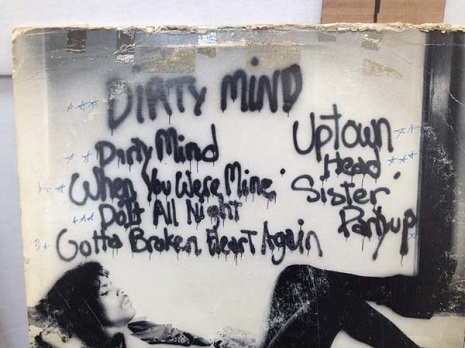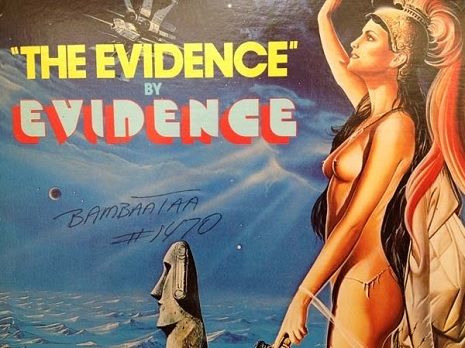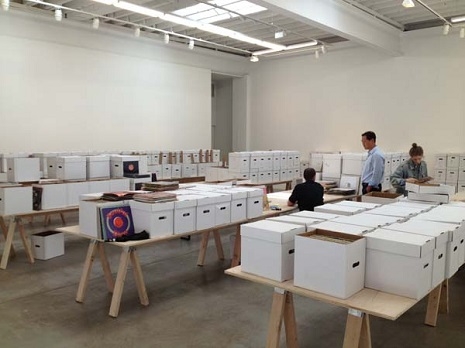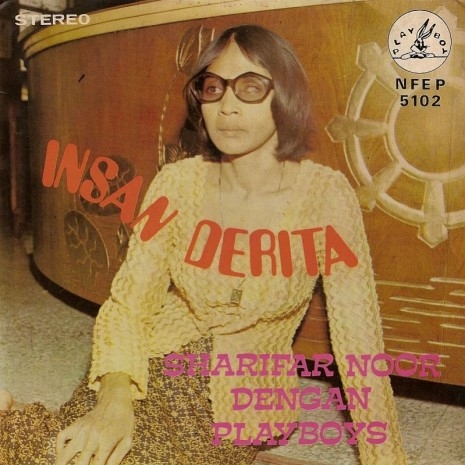
When it comes to modern film scores, there are very few that stand out, to my mind, as being classics. The kind that stand out not just for helping to define a film’s aesthetic, often in such an integral way that you couldn’t imagine the film existing without the music, but that then take on a life of their own separate from, while still acknowledging, the film itself.
If I had to name some classic modern film scores, though, top of that list would be the music for Nicolas Winding Refn’s noir thriller Drive, and Steven Soderbergh’s 2003 remake of Solaris. I managed to see both these films when they were first on theatrical release, and both soundtracks had the incredible effect of standing out from the usual homogenized Hollywood fare, creating their own highly unique sound worlds, so much that they actually helped shape the aesthetic of the film, and, in turn, made the cinema-going experience even more immersive.
That’s quite a feat, but most impressive of all, these two wildly different soundtracks came from the mind of just one composer, Cliff Martinez. A well-respected music industry veteran, Martinez started out drumming for the Red Hot Chili Peppers in the early 1980s, but tired of the live-band lifestyle and decided to apply his love of making music to other media, namely films. With the British label Invada having recently re-released the Solaris score on deluxe 180 gm vinyl picture disc (which our readers have a chance of winning, at the bottom of this interview) I took the chance to speak to Martinez about his work on both these films, their respective directors, and his past life as a drumming Chili Pepper:
Dangerous Minds: Before you started scoring films you were drummer for the Red Hot Chili Peppers. How did you make the move into full-time soundtrack work?
Cliff Martinez: Well, I had a fascination with music tech in the mid/late 80s. I had one of the first samplers, the Prophet 2000, and the very first hardware sequencer, the MSQ200 by Roland. These new tools allowed you to think about music in different ways, plus, being primarily a drummer and percussionist, the technology allowed people who didn’t have composition training to write and create music.
So I wrote a lot of strange musical sound-effect collages, and I was looking for an outlet. The band I was in wasn’t really appropriate for experimental electronic music. One day I stumbled across Pee Wee’s Playhouse on TV. On paper this was a children’s show, but it was actually a very subversive adult comedy, too. They had a lot of innovative composers involved, like The Residents, Danny Elfman and Mark Mothersbaugh. I happened to know the director at the time so I gave him a cassette of my sound collage stuff, I got hired to do one episode, and I just fell in love with the process of putting music to picture. I also felt that soundtracks allowed for a more experimental approach to composing, as opposed to straightforward songwriting. After that I had a credit to my name, and through a mutual friend I was introduced to Steven Soderbergh and scored his first film. And of course, that was very successful.
DM: Indeed it was! Did anyone involved in the making of Sex Lies & Videotape have an inkling of how successful it would be?
Cliff Martinez: I don’t think anyone involved could have guessed the success of that film. We all knew it was a quality picture, but I guess we just didn’t know what to expect. It was very different, it was very independent minded film, and indie films were not that popular at the time. I was at Sundance for the second screening, and there was already a big buzz about it after the first screening. It was a bit like driving a rocket ship, I mean it took me by surprise! I knew it was a good film but I thought the sexual content made it uncommercial. Also, there wasn’t a precedent for independent films becoming hits back then. We all knew Steven was very talented and would go on to make great films, but I didn’t realize the commercial potential of these very personal films.
DM: I remember seeing Solaris in the cinema when it was released and thinking I had never heard a film score quite like it. It chimed very much with that kind of “chill-out” music popular at the time. What were the influences for that particular score, and what is your process in general when working on a film?
Cliff Martinez: As with most films the director has a big impact. They cut the film before I ever see it, and in most cases they put in temporary music that can have a big impact. Especially Steven, who makes some very interesting choices. Steven has always liked to make ambient music whenever appropriate, and he wanted something like that for Solaris, but has also wanted the sound of the orchestra, which is unusual because he generally prefers an electronic sound. So I had to approach it as an ambient score, but not ambient electronic, an ambient, minimalist, orchestral score. My philosophy is that if you model yourself on another composer too closely, it becomes plagiarism, but if you take from two different composers and combine them that can make for something original. At the time I was fascinated with the baritone steel drums I had bought and put in my living room, so I was adamant about using them in the film. At the same time Steven was cutting to a lot of different types of music, he was really jumping around. And the two things I really fell in love with that he had used were the work of Giorgi Ligeti and the music of Tangerine Dream, which was very rhythmic. Those two things were the biggest influences, so I would throw them together and add the baritone steel drums and some other bell-type percussion instruments. It ended up coming together really well, Solaris is one of my favourite scores.

DM: Was Tangerine Dream a big influence on the 80s/analog-electronic score for Drive?
Cliff Martinez: Oddly enough not really, the film I did right before Drive was Soderbergh’s Contagion. Steven went through different phases of influences for the score; the first one was All The President’s Men, The French Connection, these 70’s scores, sort of conspiracy films, but then he threw that out and used some Tangerine Dream. It was the second time he’d used this kind of rhythmic synth stuff as an influence, and then he also scrapped that too, and started using more contemporary rhythmic, electronic music.
So for Drive, it was really a combination of all of those influences; the retro 70s stuff, a retro 80s synth pop thing, and tried to make it contemporary sounding and rhythmic. Tangerine Dream was an influence on Contagion but I wouldn’t say so much with Drive, although there was an 80s synth pop aesthetic. That was set up by the songs being used, and I felt obligated to incorporate that into the score as well.
DM: And as with Sex, Lies & Videotape, did you have any inkling of what a success Drive would become?
Cliff Martinez: Again, I knew it was an indie film made for not a lot of money, so I didn’t think it would be marketed aggressively with commercials or a big campaign. But I knew it was good. But I underestimated that one too. For some reason I thought it was a very male movie, I underestimated the star power of Ryan Gosling. So I thought it would be an underground movie for men, ha ha! And the success of the soundtrack shocked me too, because while I knew the sales were driven by the songs, the songs had all been previously released and hadn’t been big hits. And certainly dramatic underscore is rarely a popular hit. So the fact that it did so well as a soundtrack would shock anybody! Usually you don’t hear the word “hit” and the word “soundtrack” in the same sentence. Ever.
DM: So, surely the songs Refn had already chosen to use in the film had an influence on your score? Do you usually take into account a film’s incidental music when composing its soundtrack?
Cliff Martinez: Usually for me the song and the score go their separate ways. That’s usually because the selection of songs is not as focused as it was on Drive, it’s more eclectic, so it’s hard to define what the style of a score is. With The Lincoln Lawyer, for example, I don’t know what you would call it, it’s kind of a mixture of urban contemporary and hip-hop, I couldn’t quite put my finger on what it was but I knew that I couldn’t work out a way to accompany that style so I didn’t try. But with Drive it was five songs, and four of them sounded like they could have been composed by the same artist. So it was a very narrow style which was an homage to the 80s. So I thought “Ok.” At the time all the rage in software was vintage synth sounds, so it was a very easy style to incorporate. But usually I don’t [take influence form a film’s songs], though it depends to a degree on the importance of the songs. Sometime, like Contagion only had one song, a U2 song at the end. and I don’t feel much of an obligation to accommodate that in the score. But in the case of Drive with that pink fog at the opening, and that song over the titles, it felt like the songs played a very important role in defining the style of the film. So in that case I decided to try and go in that direction, which turned out to be a good idea. It was the synergy of all the different elements that made Drive work: the music, the cinematography, the locations, the performances of course. And the sound design! That was the only thing that got an Oscar nomination and it was important as well. All those things seemed to work really well together, the sum of the parts is greater than the whole in the end. You know I wish I knew what the recipe for a successful film and score is because I would love to repeat the experience!
DM: What is your own favorite score you have written? If you had to choose one of your own works to place in a time capsule, which one would it be?
Cliff Martinez: Solaris, that’s always been my favorite and it still is. I wish I could roll out of bed every day and write something like that. Sometimes the force is with you, and I think in part it was also the film, it had some interesting themes like existence and love and some far out existential concepts. I also had the backing of a big film studio, which I normally don’t have, I don’t have the financial wherewithal to hire a 90 piece orchestra, so that made a huge difference. The music wasn’t initially intended to be emotional, so this kind of cold and austere music had a life to it that I didn’t really expect. It wasn’t until I heard it on the Fox studio stage that I realized the music had been transformed by this orchestra. For some reason, it’s the one score I can still stand to listen to! Usually I know every molecule of a score and I’m sick and tired of it when I am finished, but Solaris seems to have a life of its own, which for me is rare. I can’t pinpoint what makes it time capsule-worthy, but if I had to stick one in that would be it.
DM: OK, last question. You started out as drummer, if there was any one band you could drum for, who would it be?
Cliff Martinez: I wouldn’t wanna drum for anyone at all, ha ha! You know I gave it up because I started to have hearing loss issues. I didn’t like the touring lifestyle and I didn’t like the idea of repeating the same material night after night. If I sound like a sourpuss, I guess I am. Being a drummer is great in your 20s, but I much prefer being a composer and writing music than drumming live, though I guess in my heyday, if I had the ability to be a really great jazz drummer, I would have loved to have played with Miles Davis in the 70s.
DM: Thanks Cliff!
As mentioned above, Invada records are giving one lucky Dangerous Minds reader a chance to win each of the Solaris vinyl pressings; black vinyl, white vinyl and picture disc. For a chance of winning simply send your name and address to info@invada.co.uk. The winner will be notified by email.

